
PERCH at EUROGIN 2025: To Improve HPV Vaccination Coverage Across Europe
PERCH at EUROGIN 2025: To Improve HPV Vaccination Coverage Across Europe At the EUROGIN 2025 conference in Porto on March 18th, Assist. Prof. Urška Ivanuš, MD, PhD, and lead of
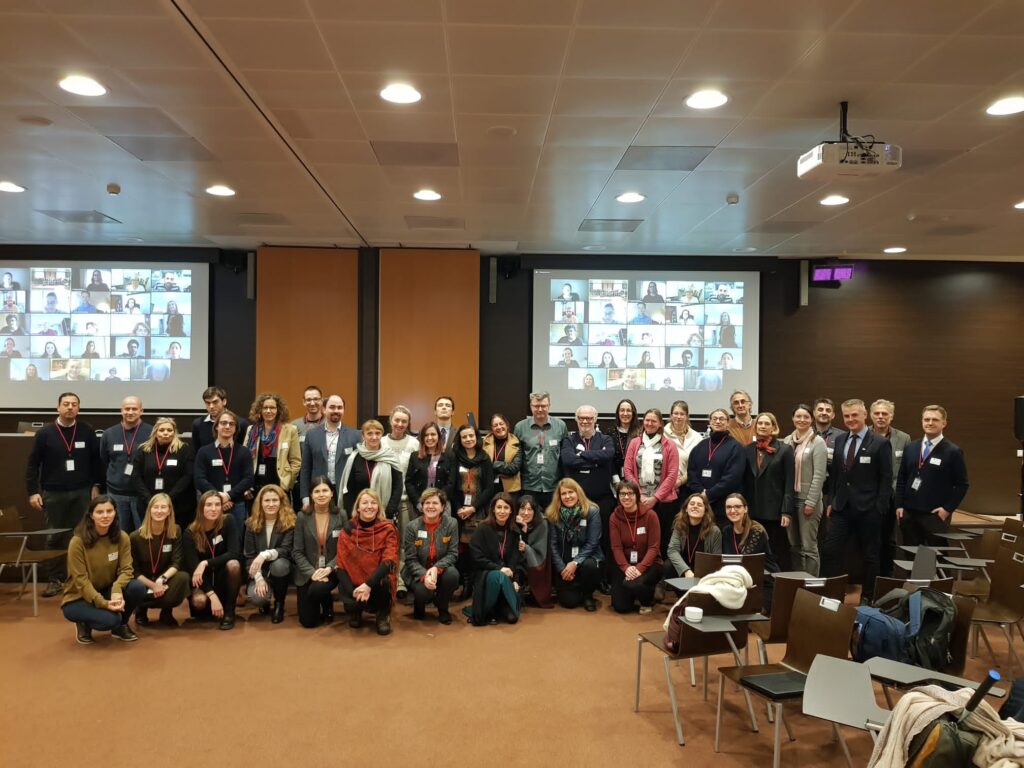
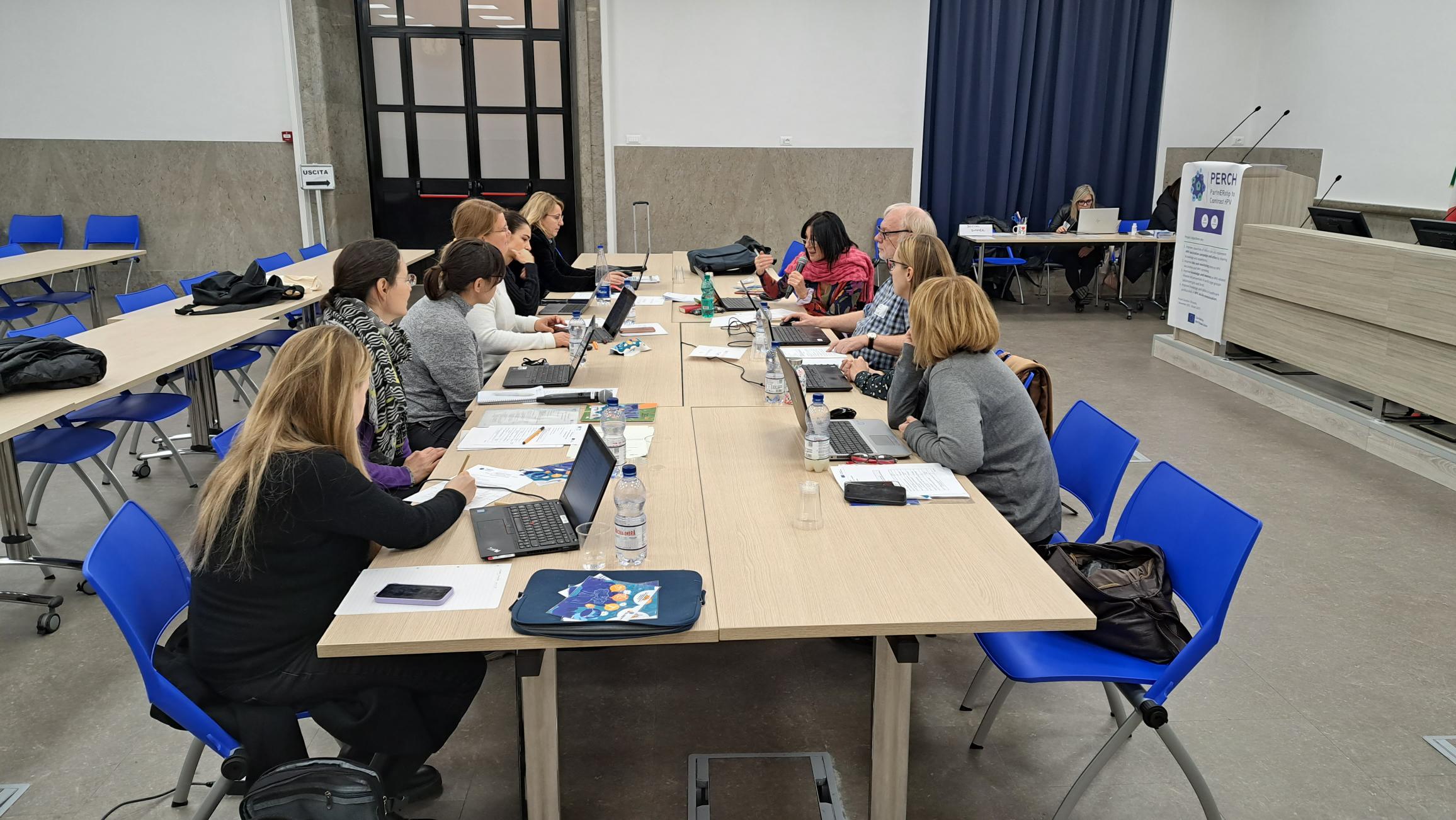
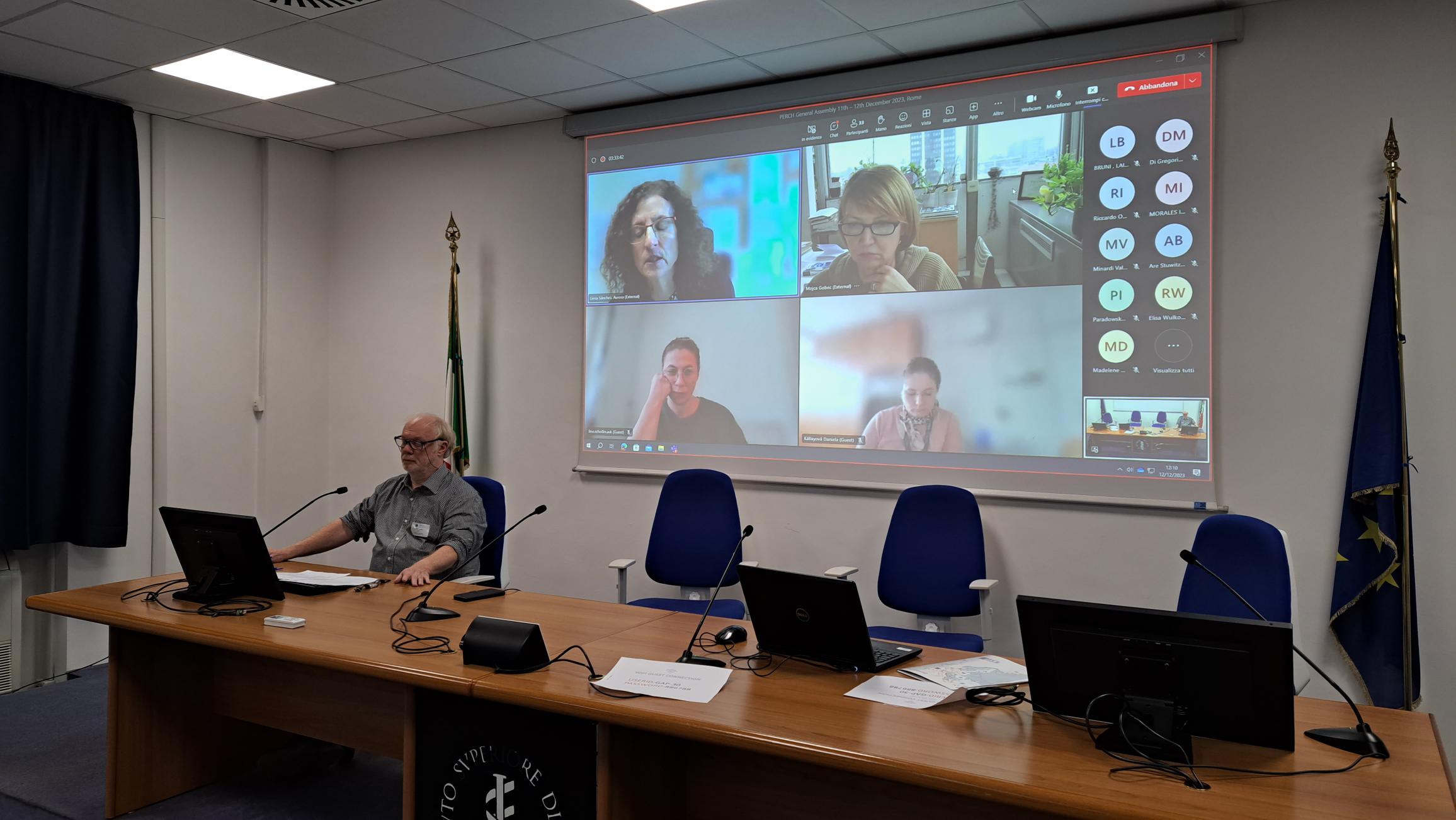
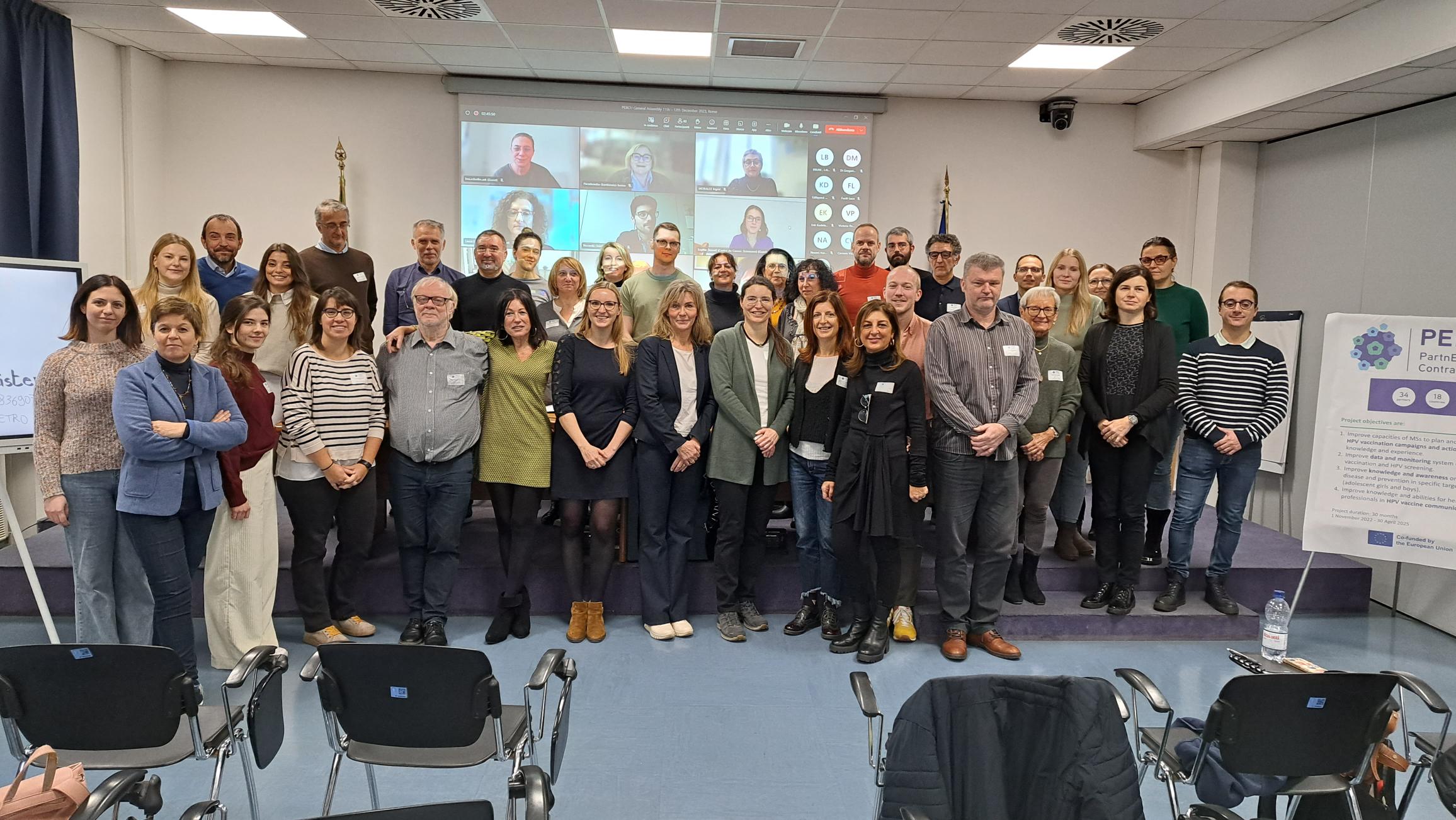
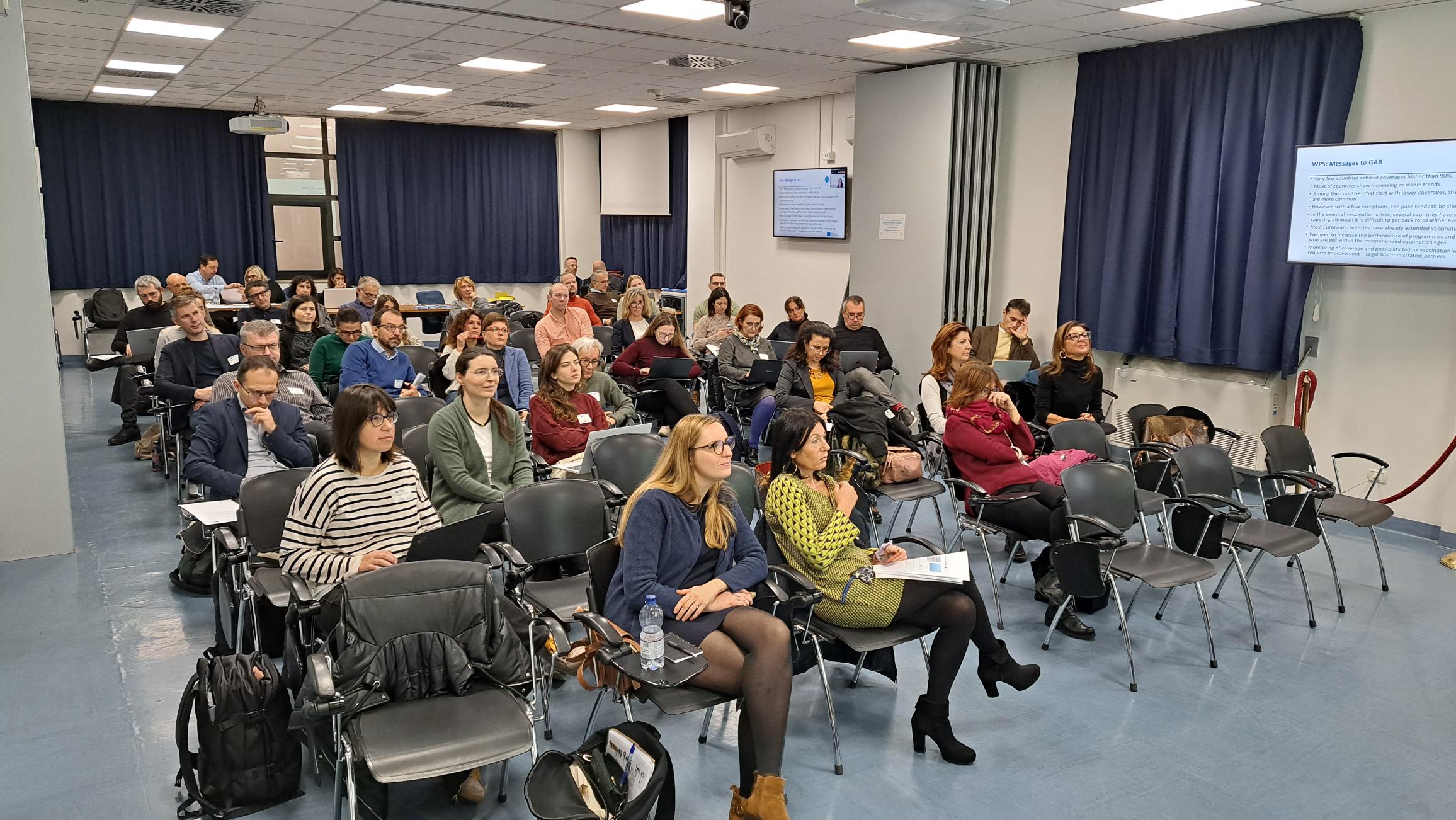
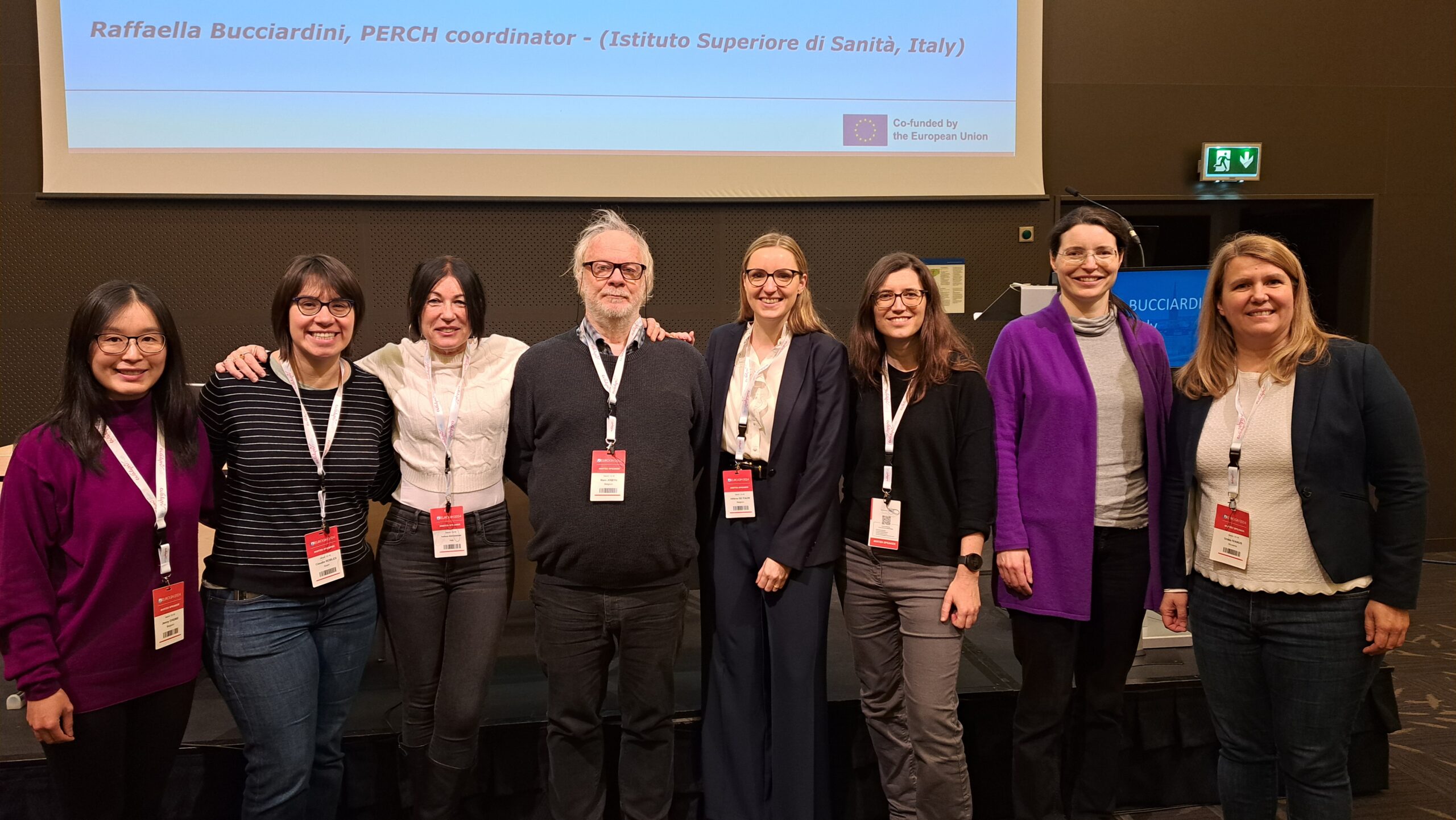
Project PERCH brings together 18 European countries and 34 partner organizations with the objective of contributing to the implementation of Europe’s Beating Cancer Plan. PERCH aligns with the World Health Organization’s (WHO) “90-70-90” strategy, aiming to achieve at least 90% HPV vaccination coverage among girls, and potentially boys, by the age of 15 years.
Project objectives are:
Subscribe to PERCH newsletter and get the latest updates from European Partnership to Contrast HPV

PERCH at EUROGIN 2025: To Improve HPV Vaccination Coverage Across Europe At the EUROGIN 2025 conference in Porto on March 18th, Assist. Prof. Urška Ivanuš, MD, PhD, and lead of

PERCH General Assembly Highlights Achievements and Future Plans On December 9, 2024, the PERCH consortium gathered for its General Assembly in Paris, bringing together in-person and online participants from across

PERCH at EUROGIN 2025: To Improve HPV Vaccination Coverage Across Europe At the EUROGIN 2025 conference in Porto on March 18th, Assist. Prof. Urška Ivanuš, MD, PhD, and lead of

PERCH General Assembly Highlights Achievements and Future Plans On December 9, 2024, the PERCH consortium gathered for its General Assembly in Paris, bringing together in-person and online participants from across
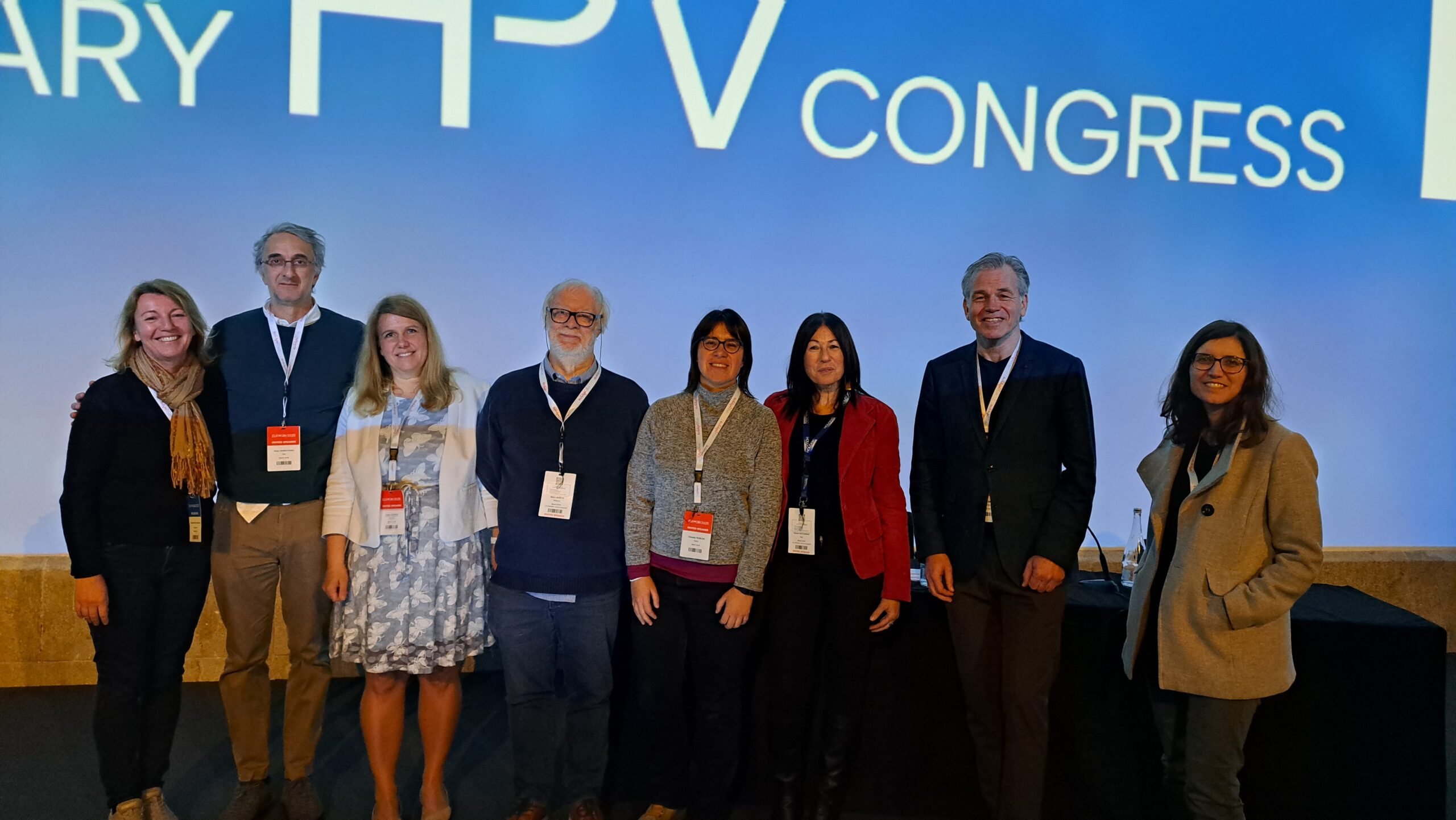
PERCH at EUROGIN 2025: To Improve HPV Vaccination Coverage Across Europe At the EUROGIN 2025 conference in Porto on March 18th, Assist. Prof. Urška Ivanuš, MD, PhD, and lead of Work Package 2 (WP2), presented the latest developments from Project PERCH in the field of HPV communication. Her presentation, titled

PERCH General Assembly Highlights Achievements and Future Plans On December 9, 2024, the PERCH consortium gathered for its General Assembly in Paris, bringing together in-person and online participants from across Europe, including consortium members, Scientific Advisory Board members, and Governmental Advisory Board members. The meeting focused on reviewing project milestones,

As part of Work Package 4 (WP4) Integration and Sustainability and Work Package 2 (WP2) Communication and Dissemination, the PERCH initiative aims to improve the capacity of European Member States (MS) to effectively plan and implement HPV vaccination actions and campaigns. Task 4.6 (WP4) focuses on the launch of vaccination

The UICC World Cancer Congress recently hosted a digital session titled “Cervical Cancer Elimination: Local and European Experiences for Global Learnings.” This session addressed the urgent need to eliminate cervical cancer, a preventable disease that still claims the lives of women worldwide due to significant disparities in healthcare access and
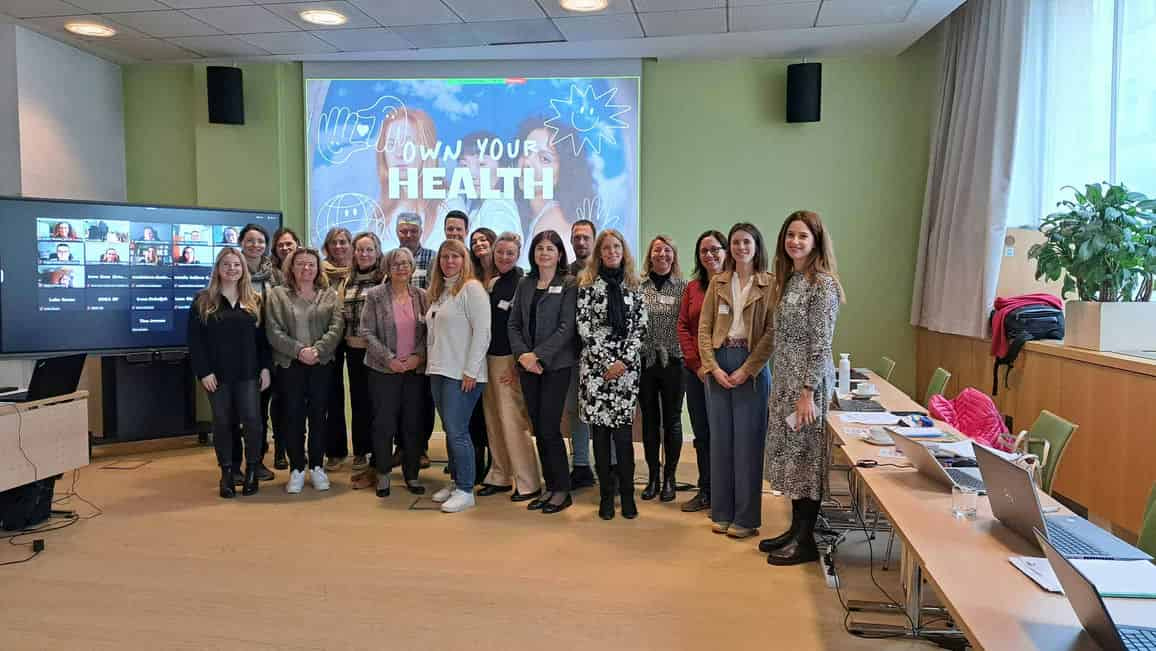
The PERCH WP2 meeting produced valuable results On 24 and 25 April 2024, health and communication experts from the PERCH partner countries met in person in Ljubljana and via Zoom. The main purpose of the PERCH WP2 meeting was to facilitate discussions and collaboration between the participating countries on the
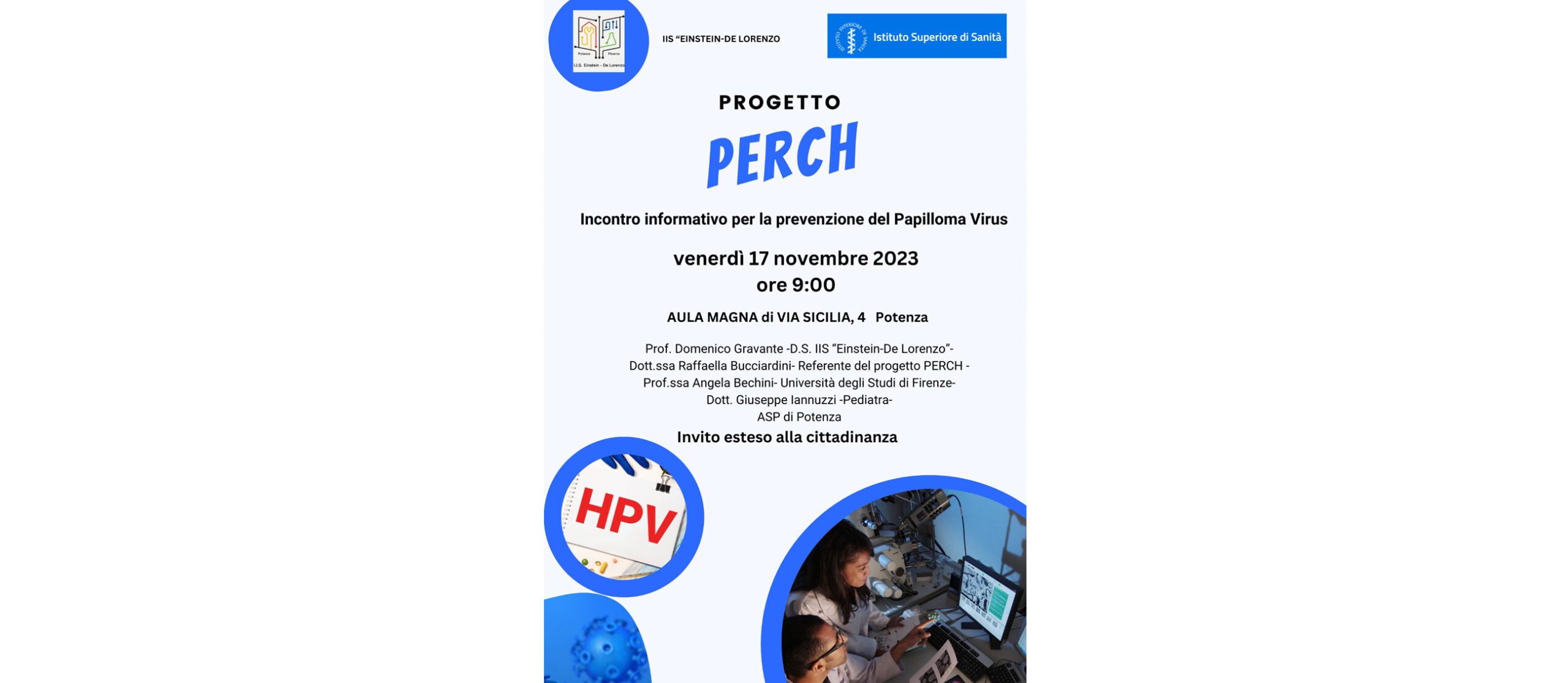
On 17 November 2023 PERCH met students, teachers and parents from some schools in Basilicata participating in the Project to address aspects relating to HPV and its prevention.
The meetings will also continue in other Italian regions involved in the PERCH project.
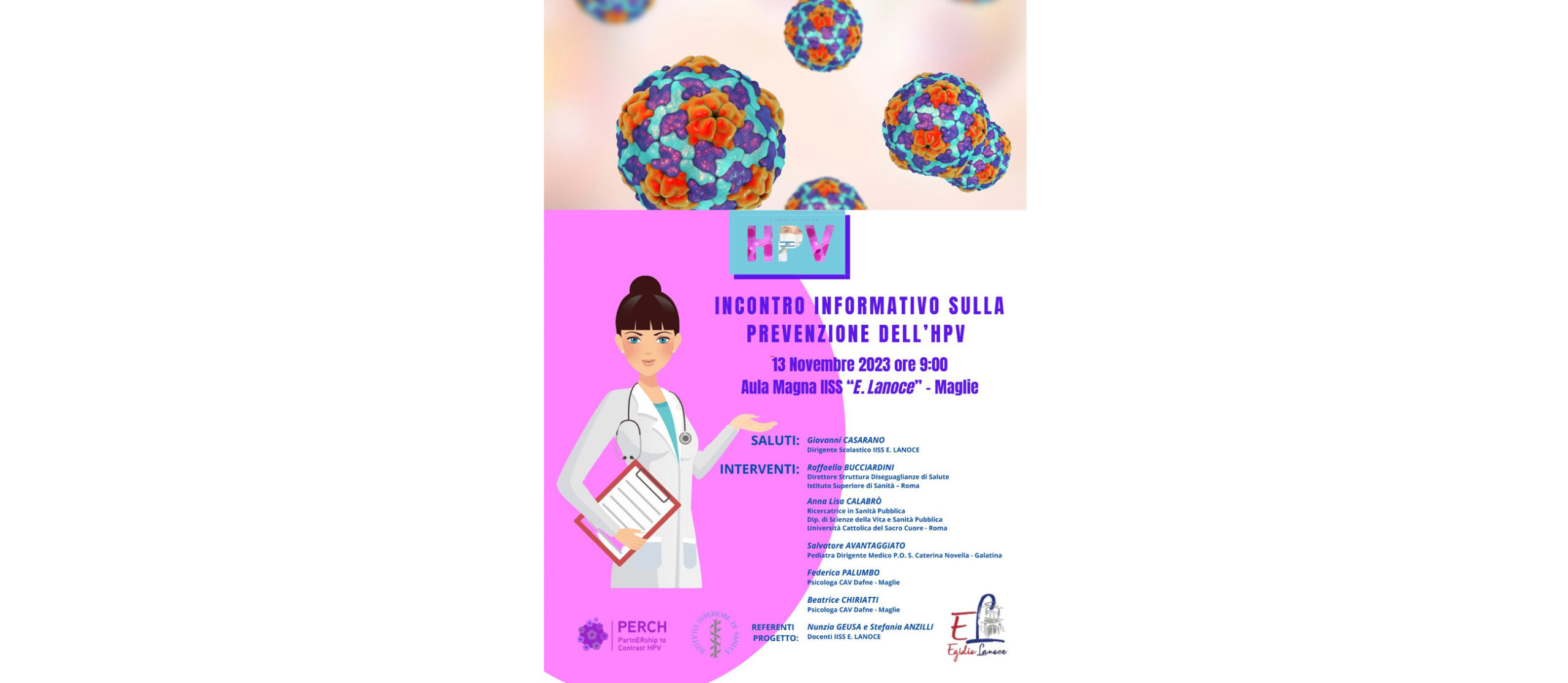
On 13 November 2023 PERCH met students, teachers and parents from some schools in Puglia participating in the Project to address aspects relating to HPV and its prevention.
The meetings will also continue in other Italian regions involved in the PERCH project.
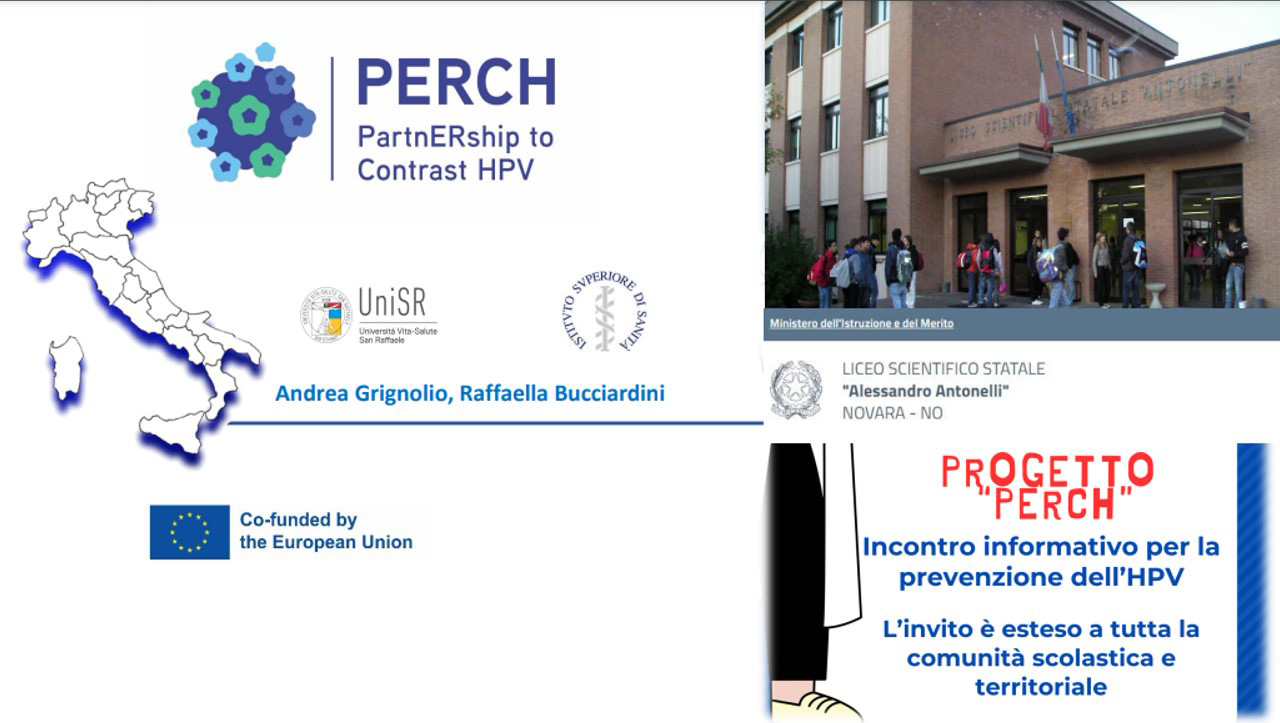
On 10 November 2023 PERCH met students, teachers and parents from some schools in Piemonte participating in the Project to address aspects relating to HPV and its prevention.
The meetings will also continue in other Italian regions involved in the PERCH project.
Subscribe to PERCH newsletter and get the latest updates from European Partnership to Contrast HPV

Funded by the European Union. Views and opinions expressed are however those of the author(s) only and do not re!ect those of the European Union or European Health and Digital Executive Agency (HaDEA). Neither the European Union nor the granting authority can be held responsible for them.